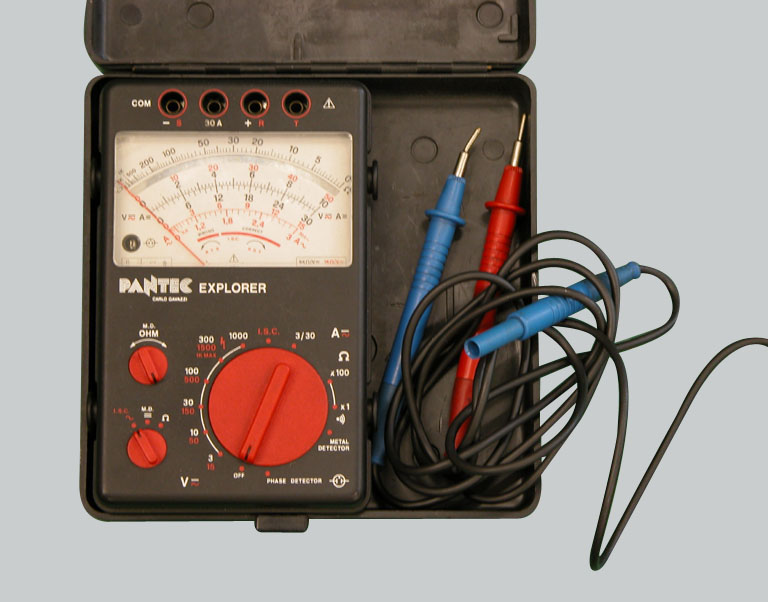
|
-
|
from the mains - 220 V;
|
|
-
|
|
-
|
|
-
|
|
-
|
from the tester's internal battery: the battery (Q) is housed in the top part of the tester. To operate the tester (1) using the internal battery and to recharge the battery, refer to the “User Manual” supplied with the DDS diagnosis instrument.
|
|
-
|
by connecting the instrument power connector (N) to the battery connector (3) part no. 97900.0230 and the latter to the vehicle battery;
|
|
-
|
by connecting the instrument diagnosis connector (P) with the power supply and diagnosis cable (4) part no. 97900.0227S; then connect the supply and diagnosis cable outlet (R) with the battery adaptor (5) part no. 97900.0228 and the adapter to the bike battery.
|
|
-
|
|
-
|
Reading of engine parameters (rpm, coolant and air temperature, atmospheric pressure, throttle opening, battery voltage, injection times and ignition advance, etc.).
|
|
-
|
Active diagnostics. Activation of ignition-injection system transducers to test functionality and control signals (fuel pump, ignition coils, rev counter, injectors, etc.). With this function it is also possible to enter the code to override the immobilizer.
|
|
-
|
Road test. Allows the technician to store engine parameters recorded within a previously specified engine speed range interval. The resulting parameters can then be analysed and displayed once they have been acquired.
|
|
-
|
With specific sensors connected, the DDS diagnosis instrument can read electrical voltages, current, temperature, timing belt tension, and pressure values (lubrication and fuel supply circuits for example).
|
|
2
|
|
4
|
check that the system automatically maintains the idle between 1300 and 1400 rpm (in case the idle is too high check for no cracks or cuts in the intake manifolds, and that the latters are well tightened to the engine, check for no cuts in the pressure sensor pipes, and so on; in case the idle is too low, open by 1/4th of a turn at a time the by-pass (2) of both cylinders contemporarily);
|
|
5
|
wait that the engine temperature reaches 50°- 60° C displayed on the DDS: apart from the air temperature detected by the DDS, the CO in this engine temperature range must be higher by 1.5% on both cylinders; if this check is not successful, inspect the faulty cylinder (clearance, strokes, valve seal, etc.);
|
|
6
|
wait that the engine temperature exceeds 85°C displayed on the DDS: if the air temperature detected by the DDS ranges between 19 °C and 35 °C the CO in these engine temperature conditions must be within 0.4% and l'1.4% on both cylinders; if this check is not successful try to replace the lambda sensor of the faulty cylinder and, in case the problem still occurs, inspect the faulty cylinder (clearance, strokes, valve sealing, etc.).
|
|
-
|
|
-
|